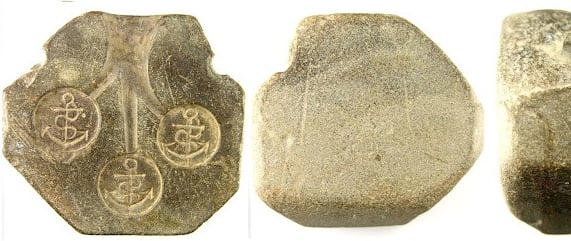
Origin of Buttons
History of Buttons and Trims


A button is a crucial element found in the majority of garments worldwide. Despite their small size, buttons play a significant role in securing pieces of fabric together as fasteners. Archaeologically, buttons are fascinating artifacts that range from inexpensive plastic to luxurious gold and diamond pieces, sometimes serving as status symbols. They can be a simple part of clothing or serve as an artist's canvas, adorned with various decorative techniques. Buttons hold immense importance in garments, making them an essential necessity.
Historically, buttons have a captivating origin in the world of clothing. Early humans used bone stick pins, thorns, and sinew to fasten clothing. Ancient Greek and Roman buttons were crafted from materials like bones, wood, metal, horns, and seashells. Initially, buttons were decorative and not functional, worn as brooches sewn onto clothing.
Over time, people recognized their potential as fasteners and began attaching them to clothing through loops on the opposite side. This approach proved to be safer and better fitting than using pins. Buttonholes, initially slits, evolved to accommodate buttons. By the 1200s, buttons and buttonholes spread throughout Europe due to the crusades and encounters with various cultures. The word "button" likely originates from the French word "bouton," meaning "bud" or "to push." The French established the Button Makers Guild in 1250, producing exquisite buttons prized by the elite as status symbols and ornaments.
As time progressed, buttons became a thriving business, with people using thousands of buttons in a single garment. In the 16th century, European royalty adorned themselves with lavish gold and diamond buttons purely for decoration. France became renowned as the Button Capital of Europe.
During the 18th and 19th centuries, buttons were mass-produced from various materials like thread, bone, ceramic, brass, and even pearl in Japan. In the 20th century, the introduction of plastic made buttons more accessible and commonplace. Today, buttons are available in a myriad of sizes, shapes, and materials, serving as indispensable components in clothing and available virtually everywhere.
